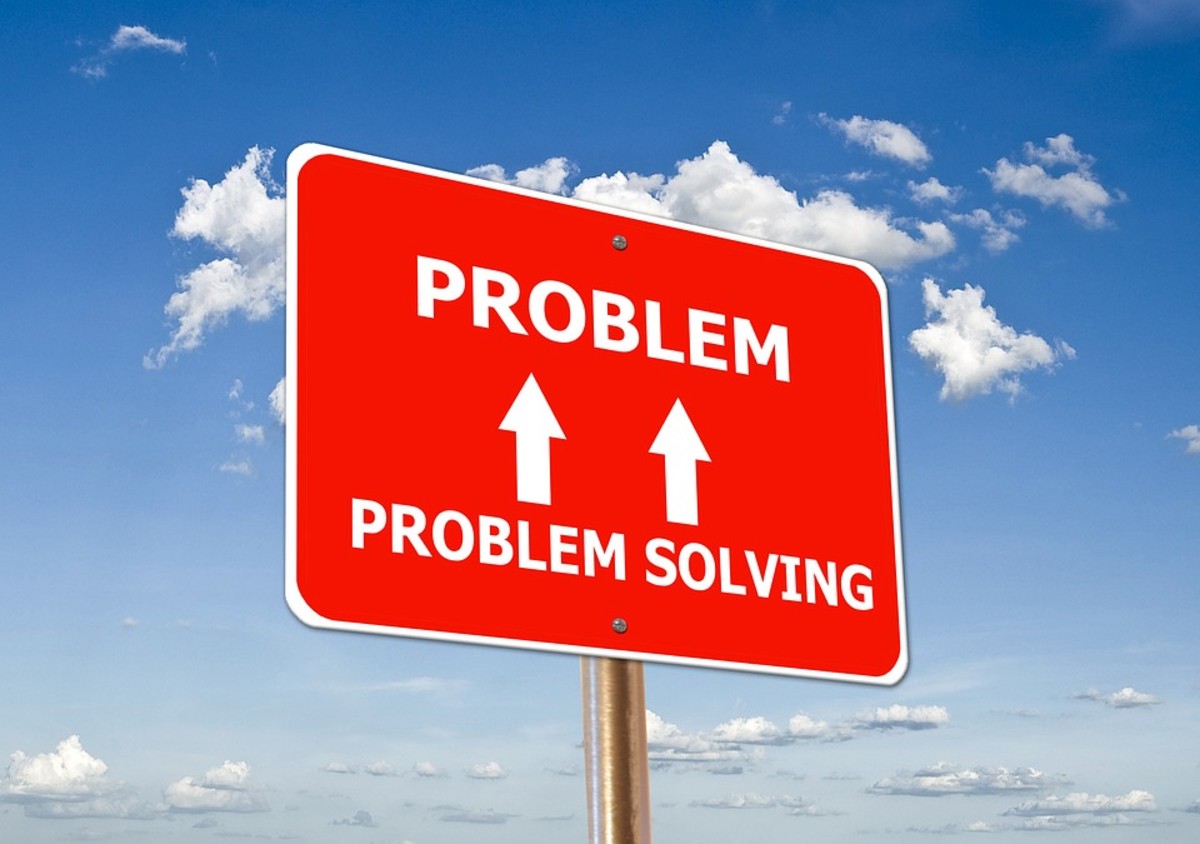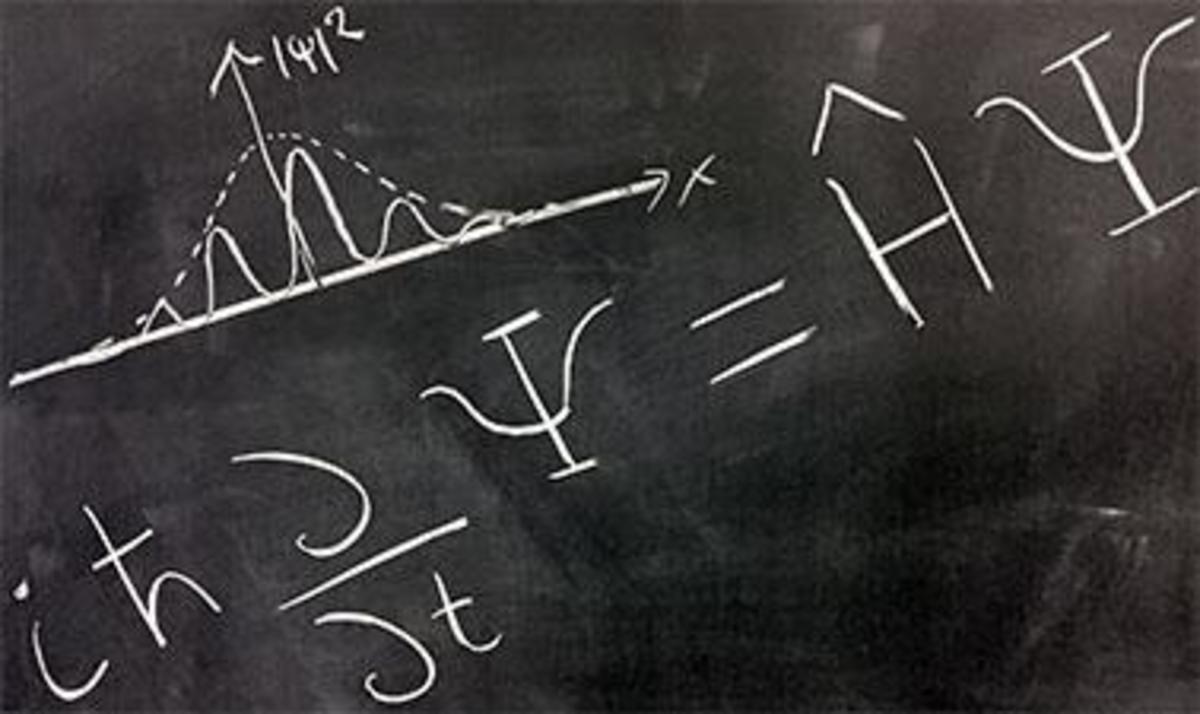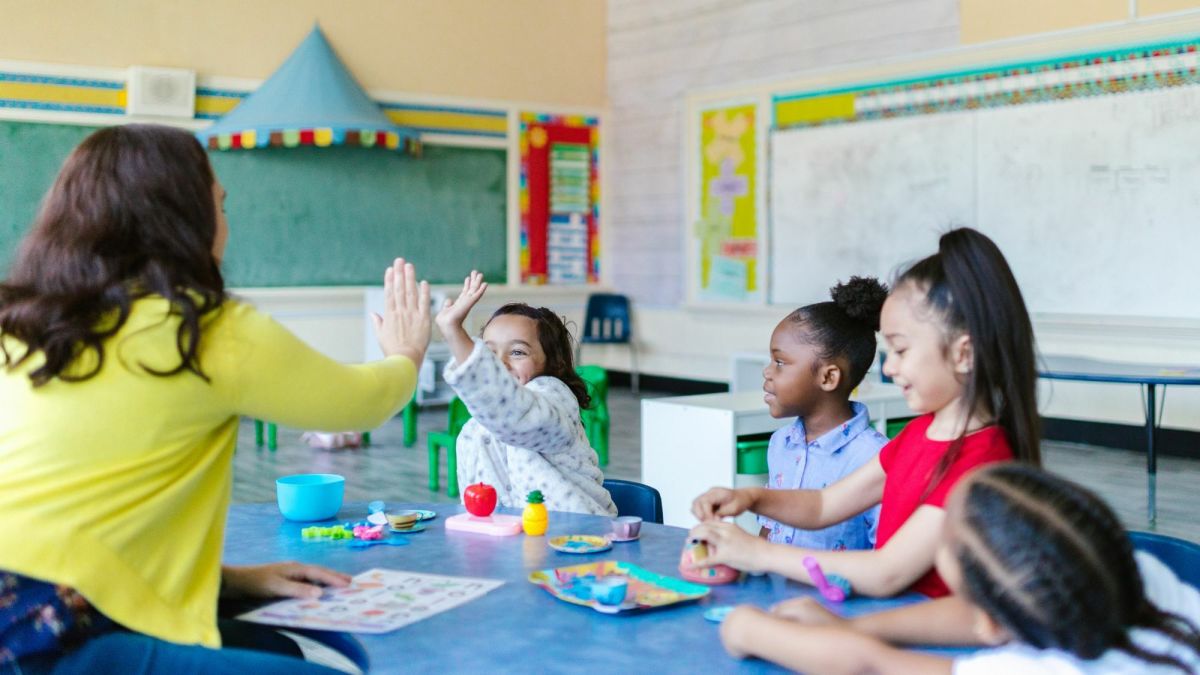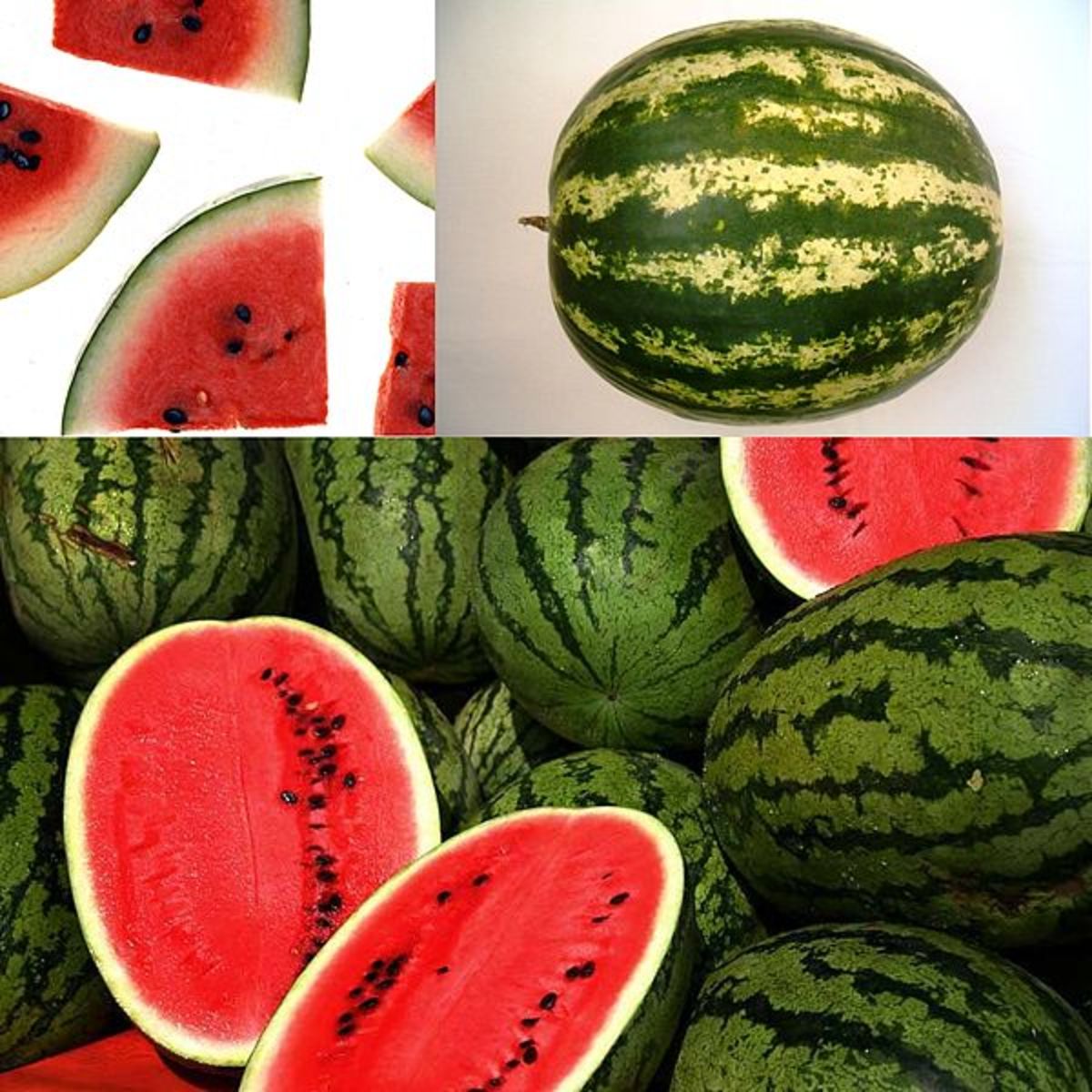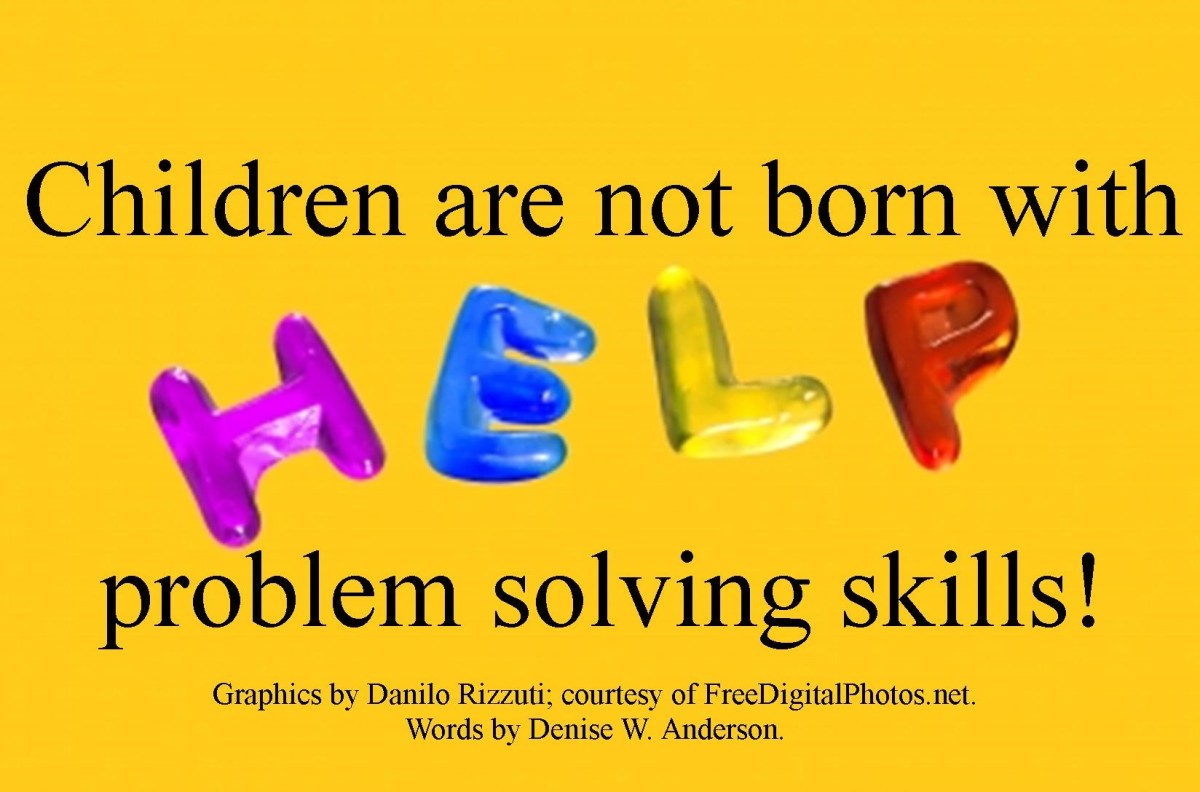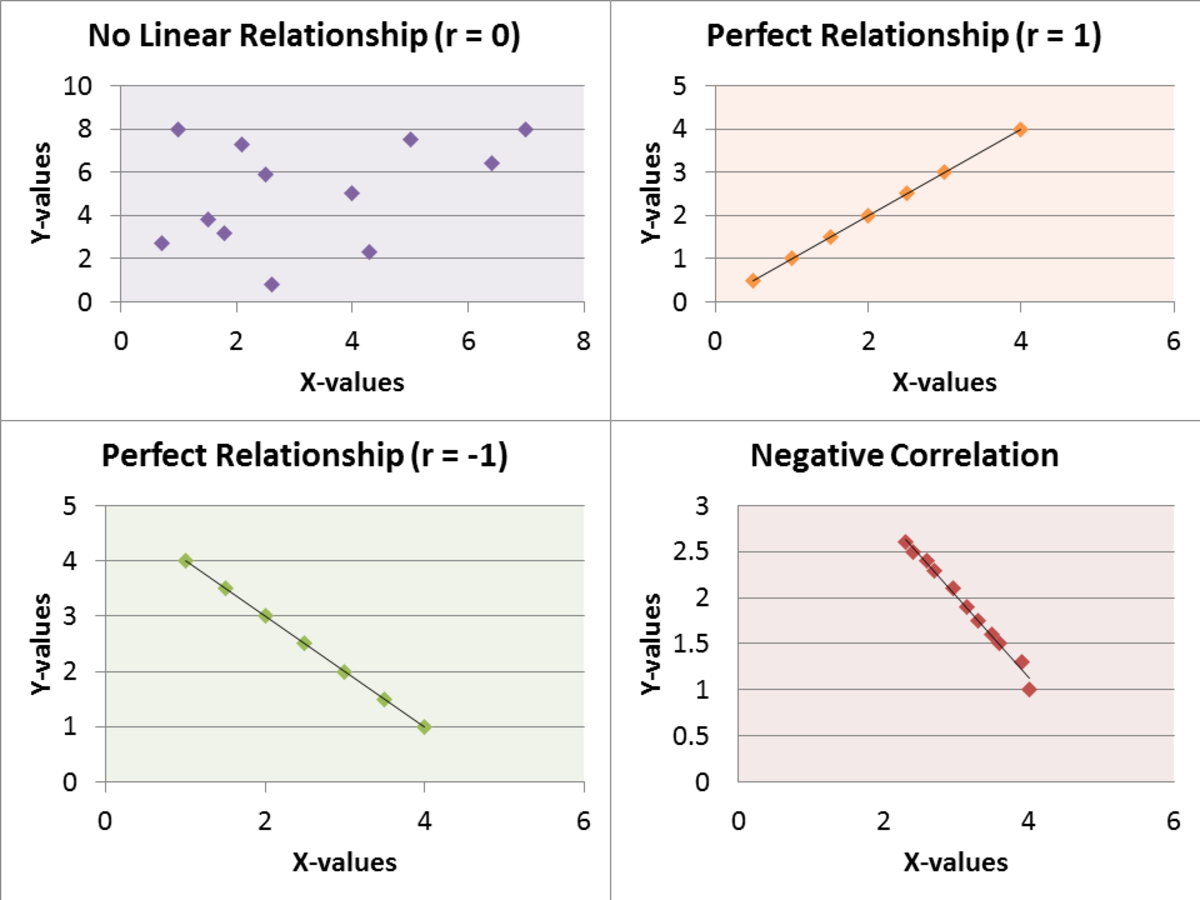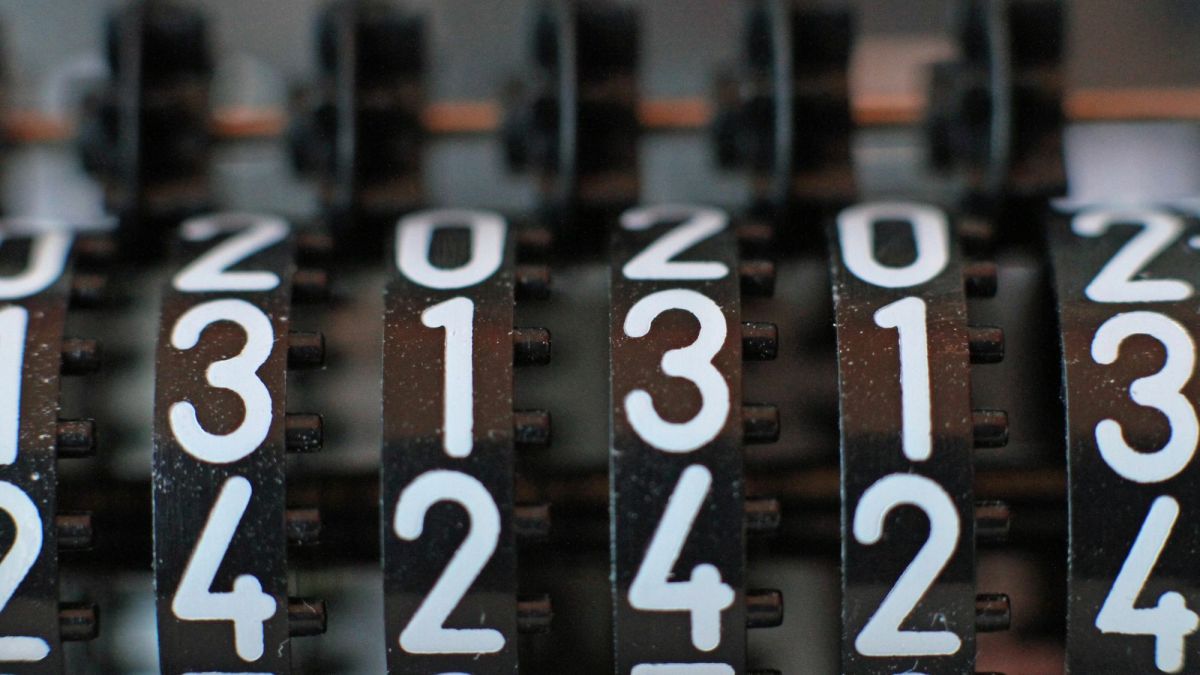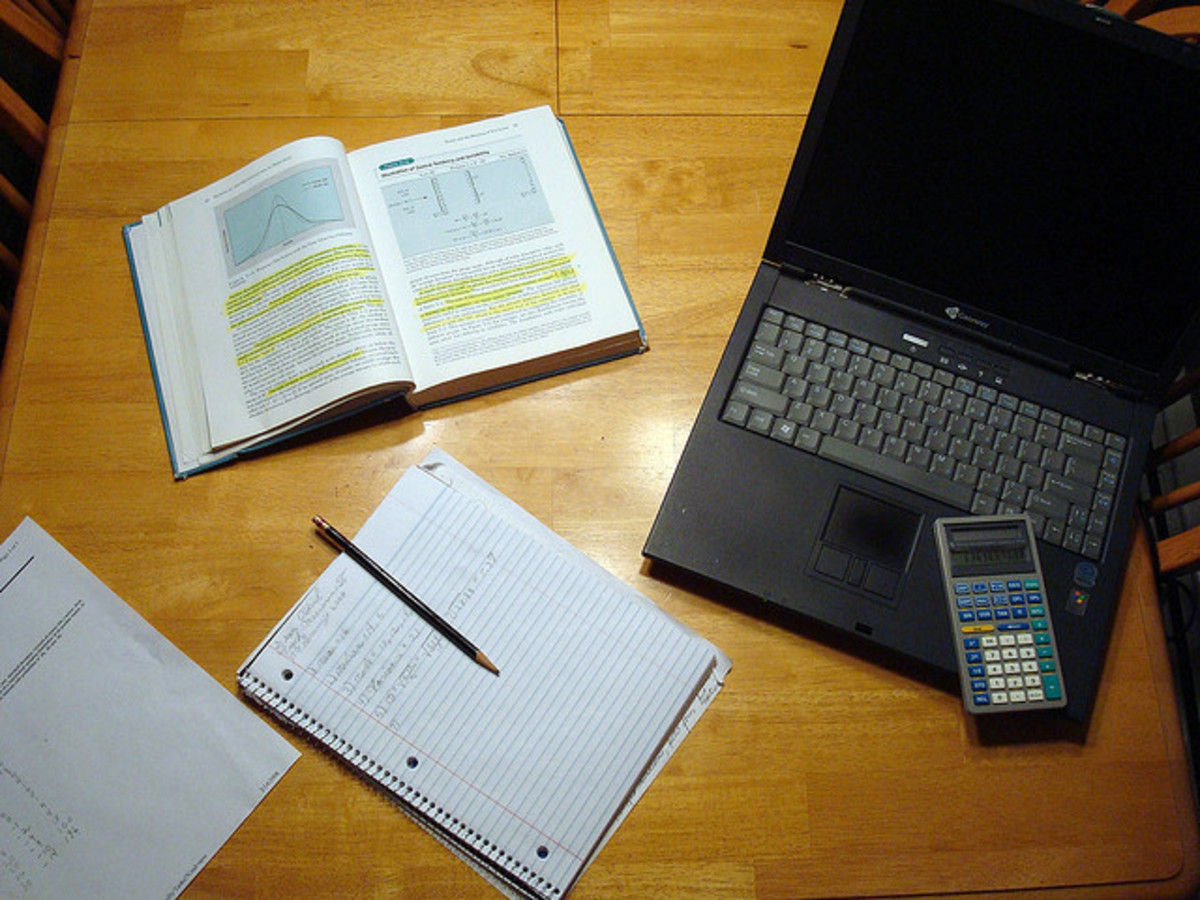Solving Probability Part two
Solving PROBABILITY Part Two
This article is a sequel to "Solving Probability". I present here more word problems involving probability. Hope you will find these problems challenging.
Problem Number One:
An experiment consists of getting 6 cards from a standard 52-card deck. What is the probability of getting (a) 6 black cards? (b) 6 face cards ? (c) 6 hearts ? (d) 6 non-face cards ?
First find the Sample space( S) : We use combination 52C6 since we are taking 6 cards out of 52. 52C6 = n!/r!(n-r)! = 52 !/6! (52 - 6) ! =20, 358, 520
(a) Find the event A of getting 6 black cards. Since there are 26 black cards we get 26C6. 26C6 = 230,230 Probability of getting 6 black cards = A/S = 230,230/20,358,520 =.011308779
(b) Find the event of getting 6 face cards. Since there are 12 face cards we get 12C6 12C6 = 924 Probability of getting 6 face cards = 924/20,358,520 = .000045386
(c ) Find the event of getting 6 hearts. Since there are 13 hearts we use 13C6 = 1716 Probability of getting 6 hearts = 1716/20,358,520 = .00008428
( d) Find the event of getting 6 nonface cards. We use 40C6 since there are 40 nonface cards. 40C6 =3838380 Probabilty of getting nonface cards = 3838380/20,358,520 = .18854
Sample Problem Two
: If a number consisting of four different digits is randomly formed from the digits 1, 3, 5, 7 and 9, what is the probability that it is (a) divisible by 5 ? (b) less than 3000.?
First find the Sample Space (S) . We use "Multiplication Principle" in finding the event of forming 4-digit number without repetition. Since there are 5 digits to be selected from: A = (5) (4) (3) (2) = 120
(a) Find probability that it is divisible by 5. To be divisible by 5, it must end in 5. (4) (3) (2) (1) = 24 So here is the arrangement. You fill in first the last digit . (1) is placed because there is only one possible number which is 5. P = A/S = 24/120 =1/5 = 0.20
(b) Find the probability that it is less than 3000 In order to be less than 3000 it should never start with 3, 5, 7, 9. So there is only one number qualified for the first position which is one. So the arrangement will be (1) (4) (3) (2) = 24 P = 24/120 = 1/5 = 0.20
Problem Number Three:
What is the probability that a in batch which consists of 100 boxes of flashlight batteries, 5 boxes which contains 8 batteries each contains one that is defective?
First find the Sample Space using 100C5 = 75,287,520
Find the event A that one battery is defective . Use 40C5 since there are 5 boxes = 658,008
Probability = A/S = 658,008/75,287,520 = 0.0087399
Problem Number Four :
Three couples are seated in a circular table. What is the probability that each husband is seated beside his wife?
Sample Space : Number of ways of arranging six persons in a circular table. This is circular permutation. So the formula is (n - 1) ! (6 - 1) ! = 5 * 4 * 3 * 2 = 120.
The event that each husband is seated with his wife. Since there are three couples : 2 * (3 - 1) ! = 2 * 2 = 4 Probability + A/S = 4/ 120 = .033

